Which countries have nuclear weapons and for what purposes would they use them?
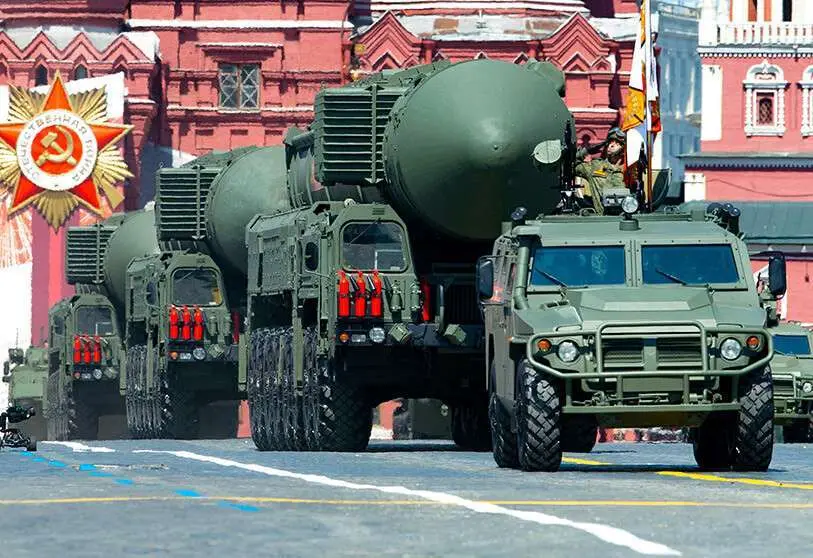
Since the Russian invasion of Ukraine began, fears of a possible nuclear war have increased dramatically. The threat of a nuclear attack has been very present in the weeks following the outbreak of the war, with warnings and references to nuclear weapons. On 27 February, days after Moscow launched its military offensive in Ukraine, Russian President Vladimir Putin ordered defence chiefs, including Minister Sergei Shoigu, to put nuclear "deterrence forces" on high alert.
This decision was in response to 'unfriendly' measures taken by certain Western countries against Russia. The European Union, the United Kingdom and the United States, among others, imposed economic sanctions against Moscow in retaliation for its invasion of Ukraine.

Putin's order coincided with a referendum in Belarus to decide on the deployment of nuclear weapons on Belarusian territory. According to the Belarusian authorities, more than 65% voted in favour of removing Belarus' neutral, non-nuclear status, agreeing to host Russian nuclear weapons. The move by Moscow's loyal ally Minsk not only heightened fears of a nuclear confrontation, but was also described by the European Union as "very worrying".
Nuclear weapons again came to the fore in mid-March. The Pentagon's Defence Intelligence Agency warned then that Moscow was likely to use the nuclear threat if the war dragged on in Ukraine. "Russia may increasingly rely on its nuclear deterrent to signal to the West and project its strength to its internal and external audiences," explained Lieutenant General Scott Berrier, director of the Defence Intelligence Agency, Bloomberg reports.
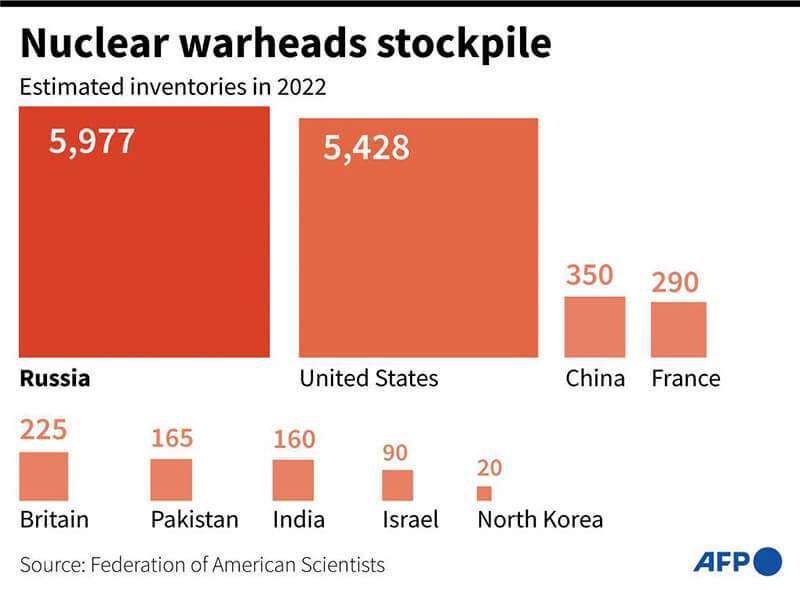
Days later, Kremlin spokesman Dmitry Peskov revealed to CNN that his country would only use nuclear weapons in the Ukrainian war if faced with an "existential threat". In keeping with this rhetoric, the head of Russia's space agency (Roscosmos), Dmitry Rogozin, asserted that Russia is capable of "physically destroying any aggressor or aggressor group within minutes at any distance".
Russia's nuclear warnings condition NATO's military actions in Ukraine, since an armed conflict between Moscow and any NATO country could lead to a full-scale war, including nuclear weapons. For this reason, NATO is acting cautiously in Ukraine.
No NATO country has decreed the closure of Ukrainian airspace, despite multiple requests from the Ukrainian authorities. This decision, according to European, US and Russian officials, would mean the beginning of a "world war"; and, in the event of such a conflict, the nuclear weapons of the countries involved would replace conventional weapons. "There will be no winners", Putin warned in early February.
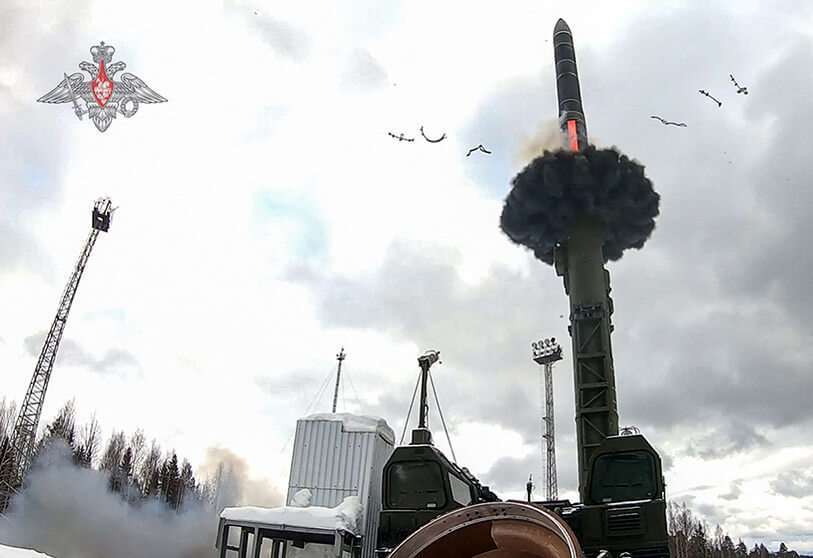
The current scenario has highlighted the nuclear capabilities of the countries harbouring such weapons. Nine nations are part of this small group, totalling 13,000 nuclear warheads, although each has different limitations and status.
The United States is the only country that has used atomic weapons for military purposes. Under the orders of President Harry Truman, two nuclear bombs struck the Japanese cities of Hiroshima and Nagasaki on 6 and 9 August 1945. The destruction was total. The explosion immediately killed 80,000 people in Hiroshima, while the US nuclear attack killed 40,000 citizens of Nagasaki. However, the consequences of the attacks continue to this day. The heavy exposure to radiation has caused the number of diseases such as cancer and malformations to increase dramatically in both locations since the bombs were dropped.
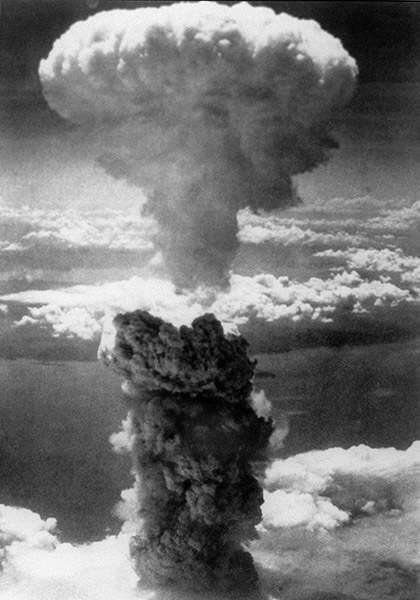
After the end of the Second World War, the world entered a new phase marked by bipolarity. The Cold War between the two great powers of the time, the United States and the Soviet Union, was characterised by strong tension in the nuclear field and, in fact, there were several episodes that came close to triggering a nuclear confrontation, such as the missile crisis in 1962 or the 'War Scare' of 1983.
During this period, Washington also developed a nuclear protocol that limited the power to decide on the use of nuclear weapons to the presidency, keeping it away from military leaders. It also worked to ensure that the president could respond quickly and decisively to any possible nuclear aggression.
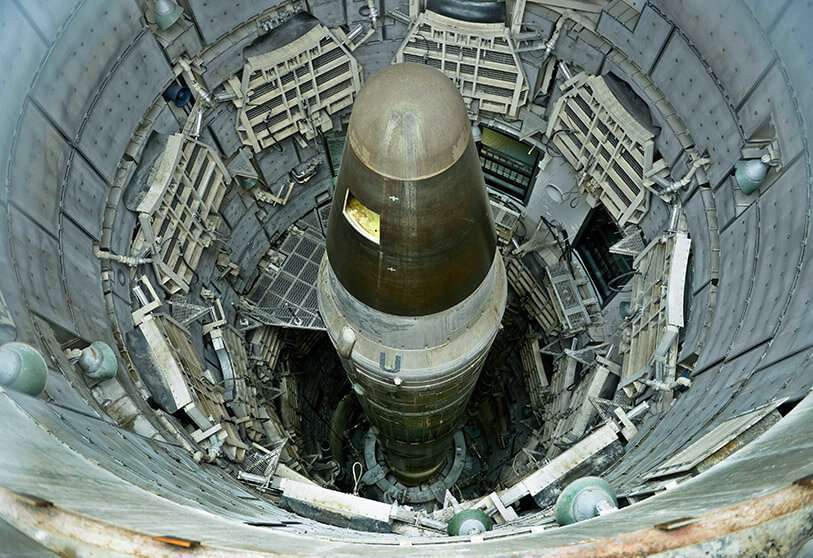
The nuclear weapons situation has varied depending on the global landscape and the vision of each US administration. Currently, as the State Department revealed in October in a statement, the US has 3,750 nuclear warheads in its arsenal, while 2,000 are awaiting dismantlement.
There are also an estimated 100 US-owned nuclear weapons stockpiled in five NATO member states: Belgium, Germany, Italy, the Netherlands and Turkey, according to the Center for Arms Control and Non-Proliferation. However, the US neither confirms nor denies their locations. The transfer of US nuclear weapons to Europe has occurred since the mid-1950s, when President Dwight D. Eisenhower authorised their storage at NATO bases on the continent for use against the Soviet Union.
In recent years, the relevant leaders have reviewed the status of these weapons and set some of the goals for the nuclear programme. President Barack Obama, despite his commitment "to seek the peace and security of a world without nuclear weapons" - a speech he made shortly after taking office - supported investment in the nuclear industry.

Subsequently, Donald Trump, in his 2018 review of the nuclear programme, rejected the idea that the sole purpose of nuclear weapons was to deter nuclear attack. He also put the possibility of Japan and South Korea acquiring nuclear weapons on the table.
But undoubtedly the most notable decision Trump made in this regard was to abandon the Iran nuclear deal in 2018. This treaty reinstated limits and controls on Iran's nuclear programme in exchange for the lifting of international sanctions. Trump, by contrast, imposed more sanctions on Tehran, which in recent years has been developing its weaponry with the aim of creating a nuclear weapon.
"I believe the sole purpose of the US nuclear arsenal should be to deter and, if necessary, retaliate against a nuclear attack." This was written by the current president, Joe Biden, during his election campaign in Foreign Affairs magazine. The situation since then, March 2020, has changed dramatically with the Russian invasion of Ukraine and so has the president's position on the issue.

According to senior US officials revealed to the Arms Control Association, Biden has approved a version of an Obama administration policy that leaves open the option of using nuclear weapons not only in retaliation for a nuclear attack, but also in response to non-nuclear threats. In doing so, Biden is backtracking on his election pledge to use nuclear weapons only to deter nuclear attacks.
As noted above, Russia has made references to its nuclear capabilities on several occasions since the Ukrainian war began in late February. These statements should not be overlooked, as the country harbours some 6,300 warheads in its arsenal, representing more than 90 per cent of the world's nuclear weapons. This makes Russia the world's largest nuclear power, ahead of the United States.
Moscow has put forward reasons that would justify the use of these weapons. Such as "the launch of ballistic missiles against Russia or an ally, the use of nuclear weapons by the opponent, the attack on a Russian nuclear weapons site, or exposure to aggression that threatens the existence of the state".
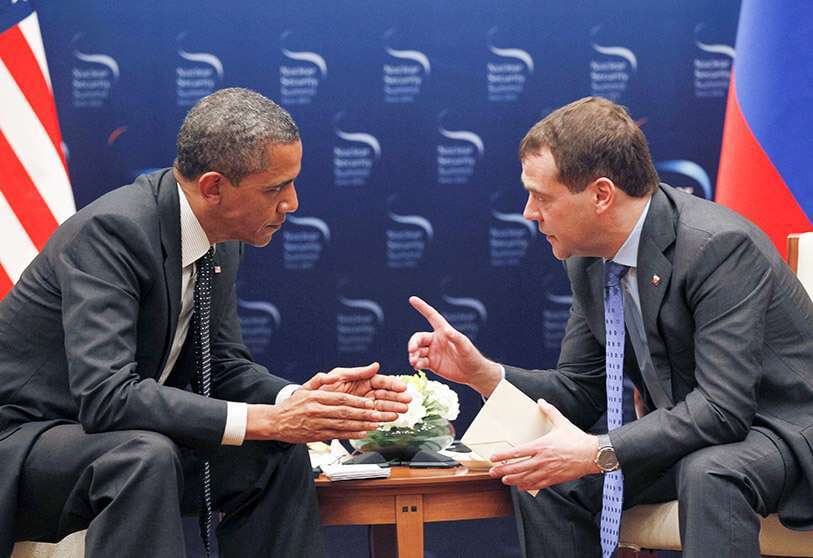
Russia's nuclear policy is "defensive" in nature and is aimed at protecting the country's national sovereignty and territorial integrity, as well as deterring any country planning to attack Russia and/or its allies.
Because of the paramount importance of the United States and Russia on this issue, both countries have in the past signed agreements that set limits on nuclear armaments.
The New Strategic Arms Reduction Treaty (New START) was signed on 8 April 2010 in Prague by the United States and Russia. It replaced the 1991 START I treaty, which expired in December 2009, and thus replaced the 2002 Strategic Offensive Reductions Treaty (SORT), which ended when New START entered into force. The current one, ratified by former President Obama and Dmitry Medvedev, will remain in force until 5 February 2026.
After Russia, the country that worries the United States the most in terms of nuclear capability is China. During the Cold War, Beijing developed a relatively modest nuclear arsenal compared to Moscow and Washington, but in recent years the Asian giant has pushed ahead.
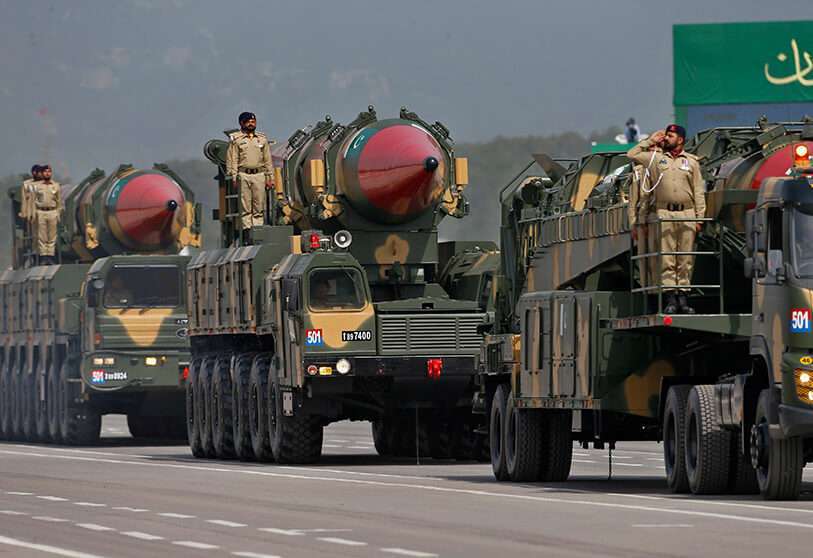
China's nuclear programme is based on "self-defence" and sets out several main objectives. As the Arms Control Association explains, in peacetime, it seeks to deter enemies, while in wartime, it limits the scope of military operations and prevents the conflict from escalating into a nuclear one. If conflict escalates, however, China could launch nuclear counterattacks.
In Asia, another country harbouring nuclear weapons that is causing concern in the West is North Korea. The nation has between 30 and 40 nuclear warheads, although it is developing its long-range missile capabilities. For North Korean President Kim Jong Un, nuclear power is central to the country's national defence strategy, although he has also stressed that he would only use this force if his sovereignty were threatened.

Pyongyang left the Nuclear Non-Proliferation Treaty in 2003, an agreement that other nuclear-armed states such as India, Pakistan and Israel have not signed.
In New Delhi's case, its nuclear arms race seeks to strike a balance with its Pakistani and Chinese neighbours. For India, nuclear weapons are meant to deter and respond to any attack. The country contains some 150 nuclear warheads, as does Pakistan. Israel, for its part, does not recognise its nuclear weapons, although some reports estimate that it may have as many as 100 nuclear warheads.
Within NATO, the only other countries besides the United States that contain nuclear weapons are France, with 300 nuclear warheads, and the United Kingdom, with about 120. Both countries view their arsenals as defensive in the event of external aggression on their territory and, in the case of London, in defence of NATO.









